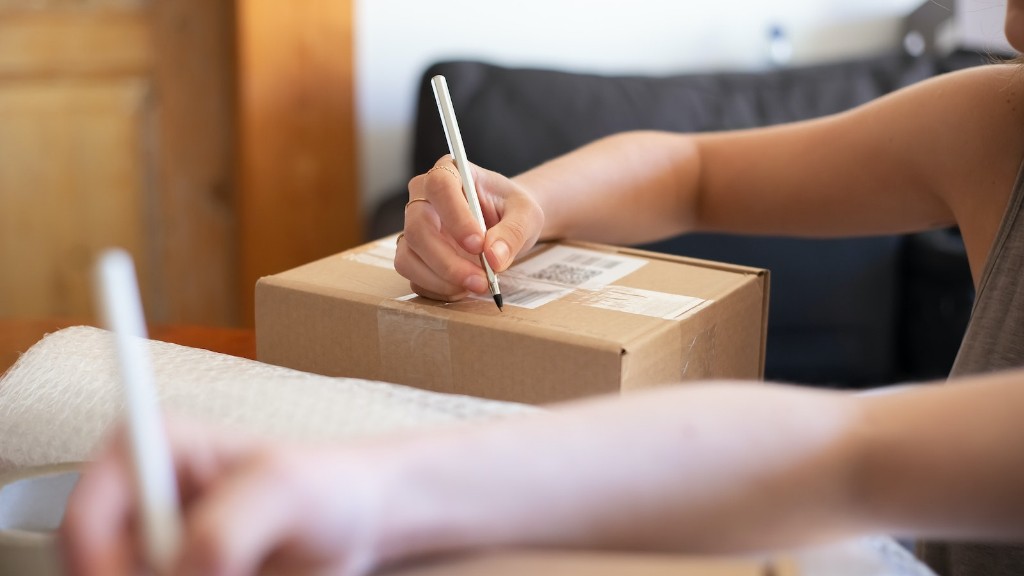Can a Milk Carton Explode?
Introduction:
Milk cartons are a common sight in grocery stores and refrigerators around the world. They are an essential part of many people’s daily routines and provide a convenient way to store and consume milk. However, have you ever wondered if a milk carton can explode? In this article, we will explore this intriguing question and provide you with all the relevant information, expert perspectives, and insights you need to know.
Background:
Milk cartons are typically made of paperboard or cardboard materials that are lined with a thin layer of plastic. This design helps to keep the milk fresh by preventing oxygen and light from entering the container. The cartons are sealed with a plastic spout or cap, ensuring that the milk remains uncontaminated until opened.
Relevant Data:
According to experts, while it is highly unlikely for a milk carton to explode, it is not entirely impossible. One factor that could cause a milk carton to explode is the buildup of gases inside the carton. As milk ages, it naturally releases gases such as carbon dioxide. If the carton is not properly sealed or there is a defect in the packaging, these gases can accumulate and create pressure, potentially leading to an explosion.
Expert Perspectives:
According to Dr. Emma Johnson, a food scientist at the University of Food Sciences, the chances of a milk carton exploding are extremely low. She explains that milk cartons are designed to withstand pressure and have safety mechanisms, such as plastic caps and spouts, that allow for the release of excess gases. Dr. Johnson emphasizes that as long as the packaging is intact and the milk is stored properly, the likelihood of an explosion is minimal.
Insights and Analysis:
While the chances of a milk carton exploding are slim, it is important to handle them with care to avoid any potential mishaps. When purchasing milk cartons, always check for any signs of damage or leaking. Additionally, proper refrigeration is crucial to maintain the quality and safety of the milk. If a milk carton is accidentally dropped or damaged, it is advisable to discard it to prevent any risks.
Section 2: The Science Behind Packaging:
The packaging of milk cartons involves careful engineering to ensure the product reaches consumers in optimal condition. The paperboard or cardboard provides structural support, while the plastic lining acts as a barrier against external factors. The plastic spouts or caps are designed to allow easy pouring and resealing. These packaging elements work together to prolong the shelf life of milk and minimize the risk of contamination.
Section 3: Storage and Safety Tips:
Proper storage of milk cartons is essential to prevent any potential hazards. Always refrigerate milk at temperatures between 32°F and 40°F (0°C and 4°C) to maintain its freshness. Avoid exposing milk cartons to sunlight or high temperatures, as this can accelerate spoilage and increase the risk of pressure buildup. Additionally, make sure to handle milk cartons with clean hands and avoid cross-contamination with other foods.
Section 4: The Future of Milk Packaging:
As technology advances, the packaging industry continues to innovate. In recent years, there have been developments in biodegradable packaging materials that aim to reduce the environmental impact of milk cartons. Companies are also exploring smart packaging solutions that can provide real-time information about the milk’s freshness and safety. These advancements aim to enhance consumer experience while ensuring the sustainability and quality of milk packaging.


